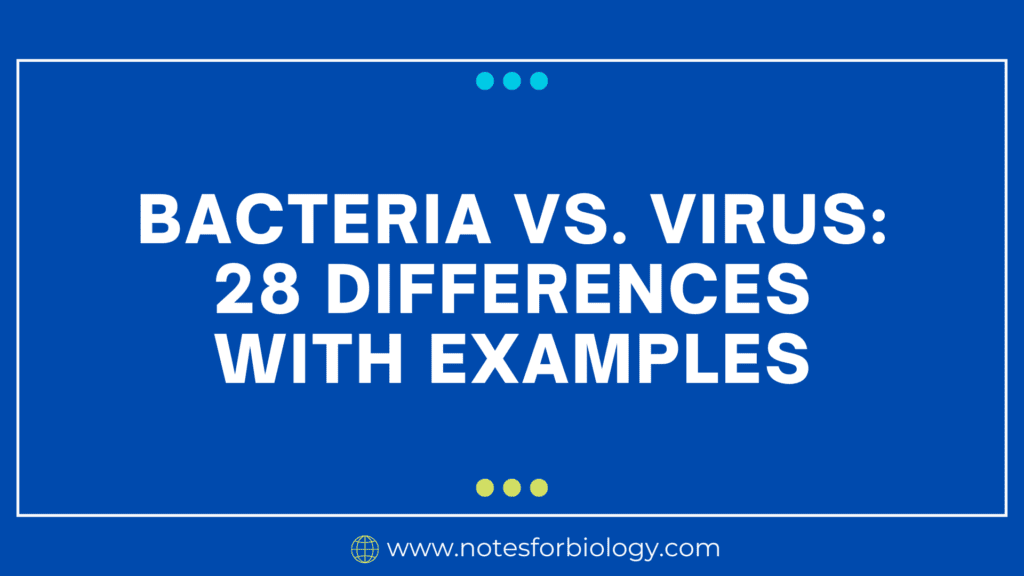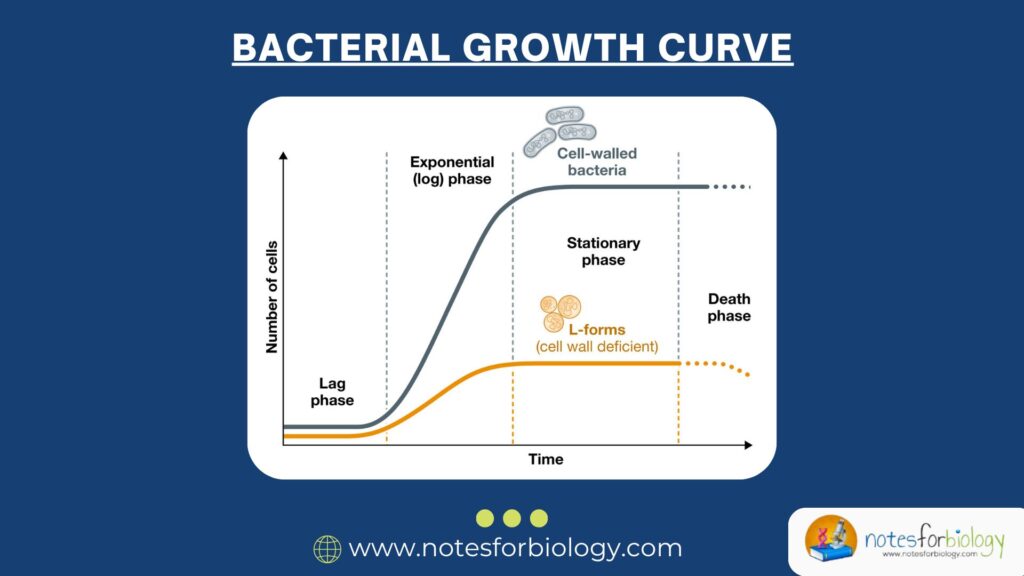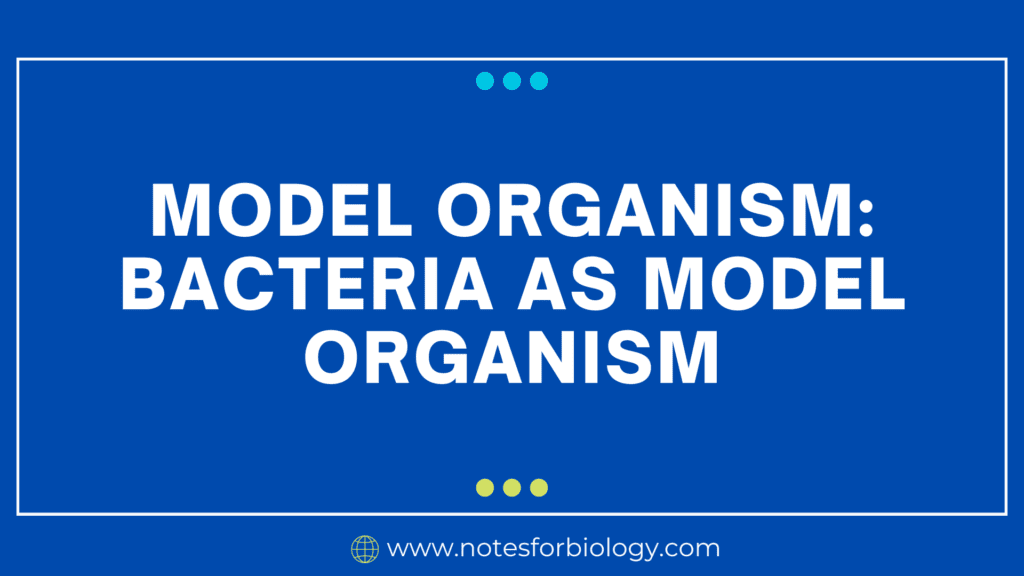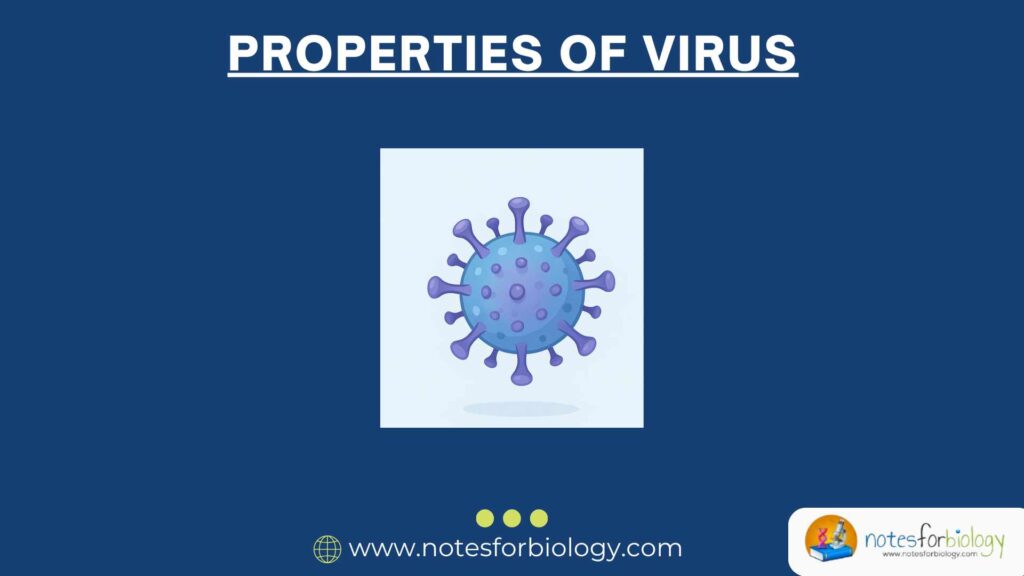Bacteria vs. Virus are both germs, their effects on humans, functions, and structures are very different. Single-celled bacteria are adaptable to a wide range of conditions, even harsh ones. They can multiply on their own and have a sophisticated cell wall construction. While certain bacteria are helpful and support functions like digestion, others can lead to diseases. On the other hand, viruses are considerably smaller and more basic, made up entirely of genetic material covered in a protein shell. To proliferate, they need to infect a host cell because they are unable to do so on their own. Pathogenic viruses can cause everything from minor ailments like the common cold to more serious conditions like COVID-19.
Table of Contents
Bacteria
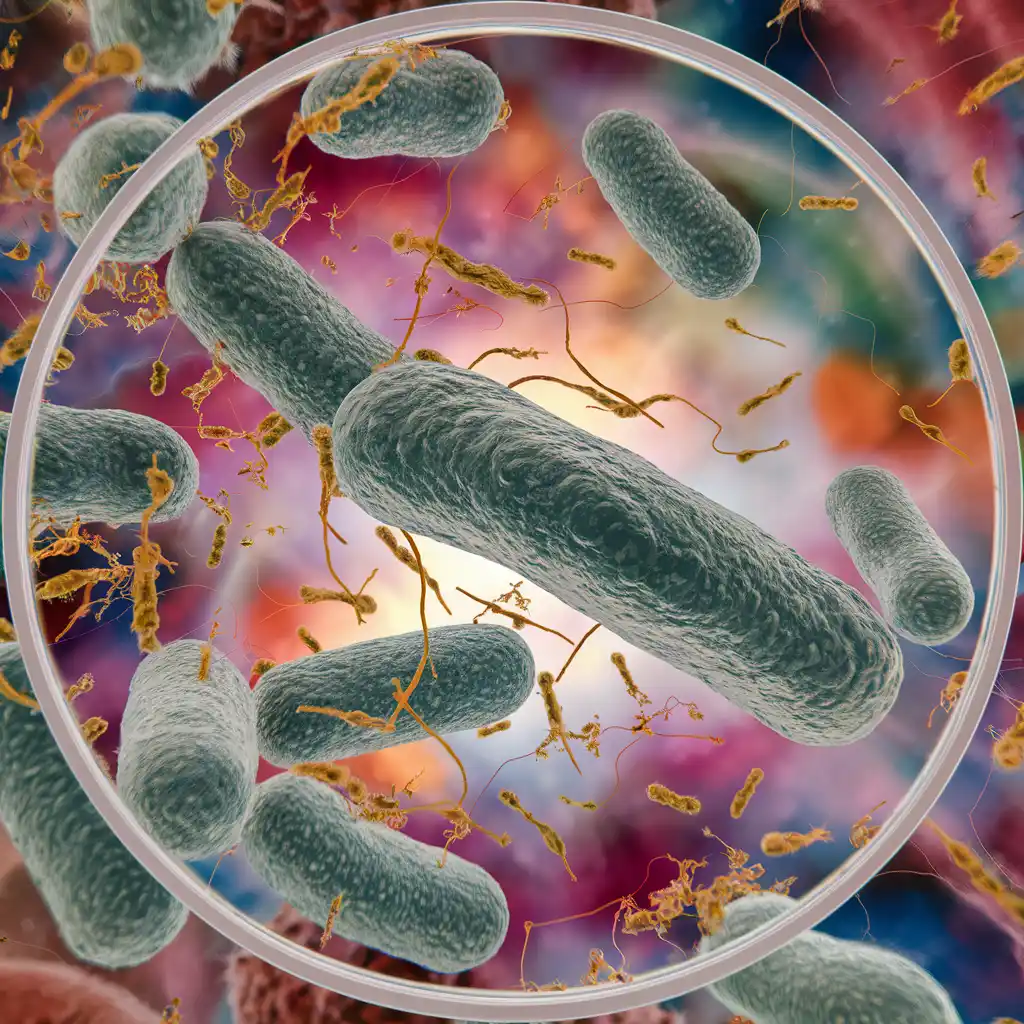
Bacteria are single-celled microorganisms that may survive in a variety of settings. They have a basic cell structure that includes a cell wall. They can be toxic, leading to infections and disorders, or useful, helping with digestion.
Virus
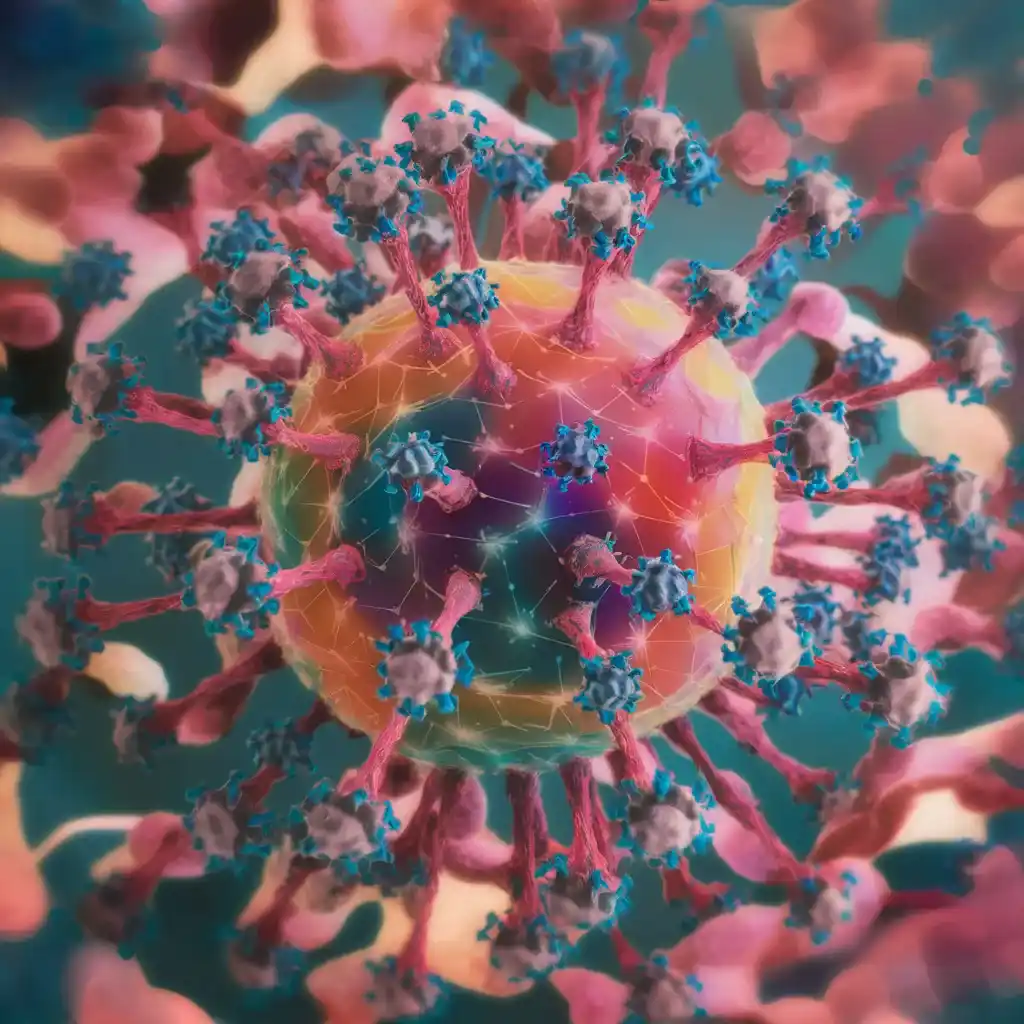
A virus is an infectious agent that is tiny and is made up of genetic material (DNA or RNA) covered in a protein shell. It requires the invasion of a host cell to multiply since it is unable to do so on its own, frequently leading to illness.
Bacteria vs. Virus
The differences of Bacteria vs. Virus are given below:
| S.N | Bacteria | S.N | Virus |
| 1) | Bacteria have complex cell structures that include organelles and a cell wall. | 1) | Viruses are simple structures with protein coats around their genetic material. |
| 2) | It is larger, usually measuring between 0.2 and 2 micrometers. | 2) | It is smaller, 20–300 nm in size. |
| 3) | Bacteria are regarded as living things. | 3) | Viruses are not regarded as living things, they need a host in order to reproduce. |
| 4) | Through binary fission, bacteria may reproduce on their own. | 4) | They can only reproduce within their host cells. |
| 5) | Both DNA and RNA are present in bacteria. | 5) | Viruses are made up of either DNA or RNA, but never both. |
| 6) | Peptidoglycan makes up the cell wall of bacteria. | 6) | Viruses don’t have cell walls. |
| 7) | Bacteria are metabolically active organisms that produce energy. | 7) | Viruses are energy-dependent organisms that lack metabolic functions. |
| 8) | Antibiotics can be used to treat bacteria. | 8) | Antibiotics do not affect viruses. |
| 9) | Certain bacterial illnesses can be prevented with vaccines. | 9) | Vaccines are available for a wide range of viral illnesses. |
| 10) | It may result in confined infections. | 10) | Systemic infections are often caused by viruses. |
| 11) | Numerous bacteria, such as gut bacteria, are advantageous. | 11) | Most are harmful, yet others are employed in gene therapy. |
| 12) | They can exist on their own or in a host. | 12) | Viruses cannot exist unless they infect a host. |
| 13) | Bacteria are categorized according to their morphology, metabolic activity, and gram staining. | 13) | Viruses are categorized based on their replication mechanism, morphology, and kind of nucleic acid. |
| 14) | Cell structure is more complicated. | 14) | Structure is more simple. |
| 15) | Certain bacteria can move by using their flagella. | 15) | Dependent on vectors; lack motility structures. |
| 16) | Antibiotic resistance can arise in bacteria. | 16) | Viral resistance to antiviral medications is possible. |
| 17) | Cultures and biochemical tests are used to identify bacteria. | 17) | Serological testing and PCR are used to identify viruses. |
| 18) | The cycle of nutrients depends on bacteria. | 18) | Manage the populations of other microbes. |
| 19) | Bacteria and hosts develop symbiotic interactions. | 19) | Viruses are typically parasitic in nature. |
| 20) | Change by horizontal gene transfer and mutation. | 20) | Change quickly due to recombination and mutations. |
| 21) | Circular DNA chromosomes are typically seen only in bacteria. | 21) | Segmented or unsegmented genomes are possible in viruses. |
| 22) | Bacteria are able to adapt to harsh conditions. | 22) | Environmental factors can affect them. |
| 23) | They can reproduce in the body as well as in other places. | 23) | They can only reproduce within their host cells. |
| 24) | Gene exchange in bacteria occurs by conjugation, transformation, and transduction. | 24) | When two hosts co-infect, their genes exchange. |
| 25) | Through a variety of strategies, bacteria are able to elude the immune system. | 25) | Strong immunological responses are elicited by viruses. |
| 26) | Toxins produced by bacteria can lead to illness. | 26) | They destroy cells but do not release poisons. |
| 27) | The life cycle of bacteria consists of division, replication, and growth. | 27) | Viruses have a lifecycle that includes assembly, release, replication, attachment, and entrance. |
| 28) | Examples: Escherichia coli (E. coli), Staphylococcus aureus, Mycobacterium tuberculosis, Rhizobium etc. | 28) | Examples: Influenza virus, Human Immunodeficiency Virus (HIV), Rabies virus, Adenovirus etc. |
Bacteria vs. viruses are both tiny organisms that can spread illness, they differ greatly in terms of their makeup, modes of action, and modes of care. Antibiotics can be used to treat bacteria, which are single-celled creatures with intricate cell structures, autonomous metabolism, and the ability to reproduce. On the other hand, viruses are considerably smaller, only able to multiply within their host cell, and are made up of genetic material covered in a protein coat. Antibiotics do not effect them; instead, antiviral medications and vaccinations are administered; they do not have autonomous metabolic processes. It is essential to comprehend these distinctions between Bacteria vs. viruses in order to properly diagnose and treat illnesses.
Frequently Asked Question(FAQ)
What are the main differences between bacteria and viruses?
Bacteria are single-celled organisms with intricate cell structures, metabolic processes, and the ability to reproduce on their own. Viruses are much smaller, without their own metabolism, and can only replicate inside a host cell since they are made of genetic material enclosed in a protein sheath.
Which is more harmful virus or bacteria?
Bacteria and viruses are known to cause a number of diseases. If one must make a comparison, viruses are thought to be more hazardous and damaging than bacteria.
Related Articles

